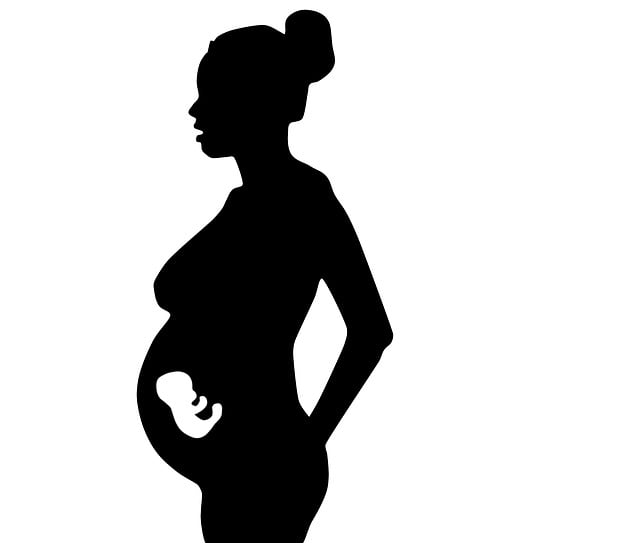Zygote intrafallopian transfer (ZIFT) is an advanced reproductive technology that closely resembles in vitro fertilization (IVF). The key distinction lies in the implantation of the fertilized egg; in ZIFT, the embryo is placed directly in the fallopian tubes rather than the uterus. This method is also known as tubal embryo transfer (TET) and offers certain advantages over other techniques.
One of the main benefits of ZIFT is that it confirms fertilization has occurred before transferring the embryo. Unlike gamete intrafallopian transfer (GIFT), where doctors cannot immediately verify if fertilization takes place, ZIFT allows for greater assurance. However, it’s important to note that for ZIFT to be successful, the woman must have healthy fallopian tubes.
How is ZIFT Performed?
The ZIFT procedure follows several key steps:
- Ovarian Stimulation: The process begins with the stimulation of the ovaries using medication to encourage the production of multiple eggs.
- Egg Retrieval: Once the eggs are mature, they are collected through a minimally invasive aspiration procedure.
- Fertilization: The retrieved eggs are fertilized in a laboratory setting, similar to IVF. However, in ZIFT, the fertilized eggs are transferred within 24 hours, as opposed to the 3-5 days typical of a standard IVF cycle.
- Embryo Transfer: The fertilized embryos are then introduced into the fallopian tubes through a laparoscopic procedure, where a catheter is carefully placed, allowing for the injection of the embryos.
- Monitoring: After the transfer, the patient will be monitored for early signs of pregnancy, typically through blood tests.
Who is a Suitable Candidate for ZIFT?
ZIFT may be recommended for couples experiencing infertility, especially those who have been trying to conceive for at least a year or have undergone several unsuccessful cycles of ovarian stimulation with intrauterine insemination (IUI). However, this procedure is not suitable for individuals with:
- Blocked fallopian tubes
- Significant tubal damage
- Anatomical issues with the uterus, such as severe intrauterine adhesions
- Sperm that cannot penetrate an egg
Comparing ZIFT and IVF
Both ZIFT and IVF are effective treatments for more complex infertility issues, particularly those involving damaged fallopian tubes. While both methods involve embryo culture and allow physicians to select high-quality embryos for transfer, the main difference is in the placement: ZIFT transfers the embryo into the fallopian tubes, whereas IVF places it into the uterus. Notably, ZIFT requires an additional surgical procedure, laparoscopy, for the transfer, which can be a consideration for couples.
If you’re exploring options for at-home conception, consider resources like Make a Mom for reusable insemination methods or Vegas Pregnancy for a sperm donor matching service in Las Vegas. For additional insights on at-home insemination techniques, you can check out how at-home insemination works. Also, if you’re curious about whether pets can sense pregnancy, you might find this blog post engaging.
For further reading on fertility and IUI success rates, visit WebMD for reliable information.
In summary, ZIFT offers a promising option for couples facing infertility challenges, providing a unique approach to embryo transfer that may enhance the chances of conception.
